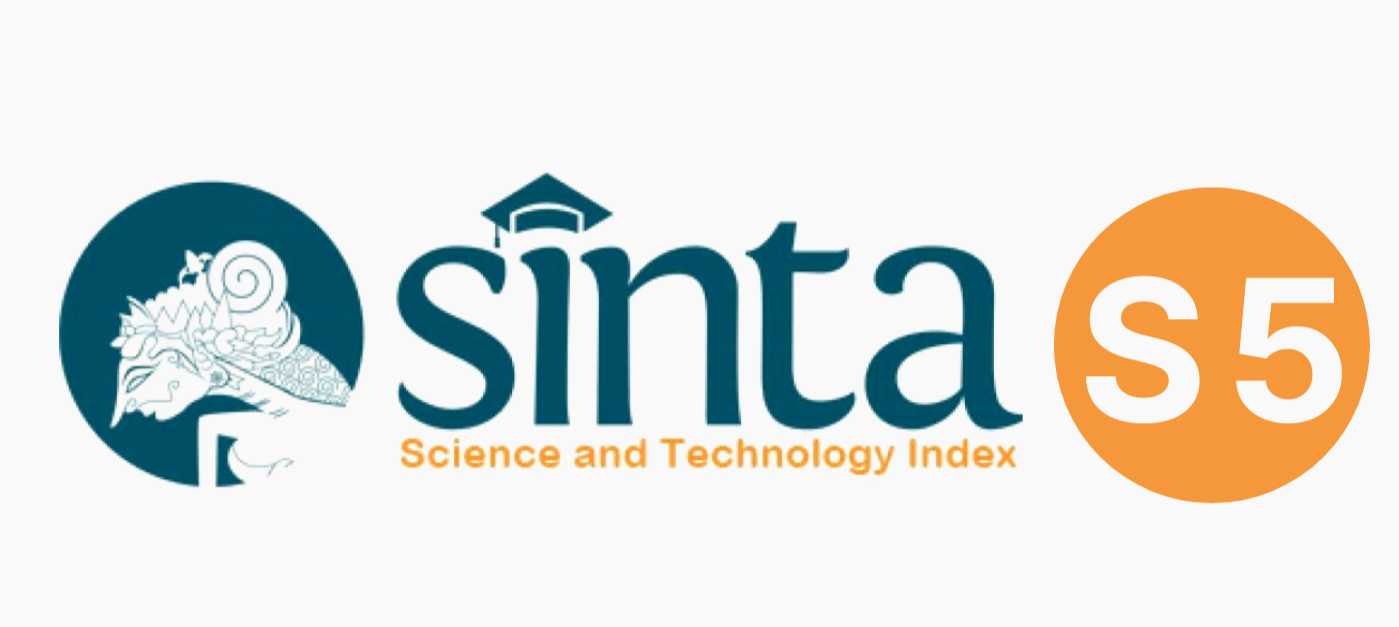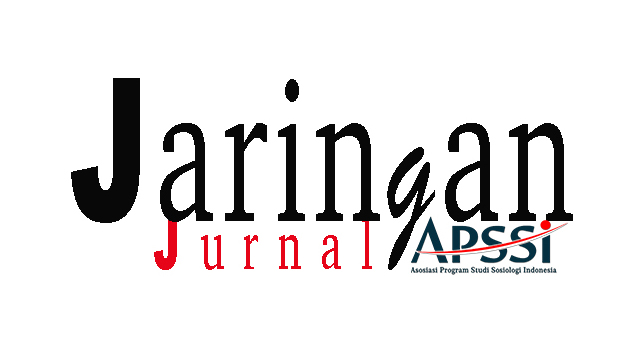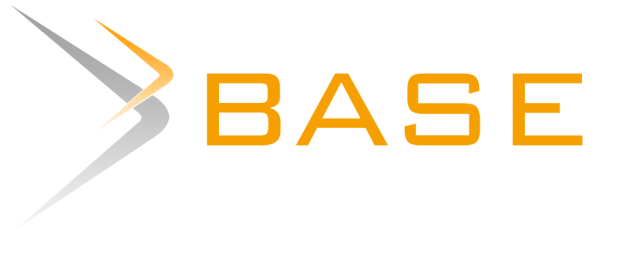Diversity Development: Studies from Local Wisdom of Dayak in the Border Community of Indonesia-Malaysia
 Abstract: 161
/
Abstract: 161
/  Abstract: 21
Abstract: 21
DOI:
https://doi.org/10.47753/je.v4i2.81Keywords:
diversity, local wisdom, dayak, borderAbstract
Dayak ethnic life can not see in isolation with ecological conditions; that is where they live. Philosophy of life depends on the nature of the Dayak community, because without the natural result will be disrupted livelihoods for local people. In the Indonesia-Malaysia border region, small communities dwelt Dayaks and form local wisdom. In this paper, look the part of local wisdom of the Dayak community as an adhesive diversity in the border region. This paper uses a descriptive qualitative approach, where data derived from primary data and secondary data. Data obtained by observation and interviews, then the data is processed into the descriptions. The findings in this paper describe the life of the local Dayak communities in the border region and its interaction with the community in Malaysia. Then, woven splint, which is the local craft community, into the value of the adhesive between Dayak communities in the border region.References
Anonim. Data Monografi Desa Jagoi Babang tahun 2013. (Unpublished).
Atem & Niko, N. (2020). Food Security at Low-income Community in the Border Region of Entikong (Indonesia-Malaysia) West Kalimantan. Jurnal Surya Masyarakat. 2(2):94-104. Doi: https://doi.org/10.26714/jsm.2.2.2020.94-104
Creswell, J. W. (2010). Research Design: Pendekatan Kualitatif, Kuantitatif, dan Mixed. Yogyakarta: Pustaka Pelajar.
Granter, E. (2009). Critical Social Theory and the End of Work. Farnham: Ashgate.
Horton, P. B, & Hunt, Chester L. 1991. Sosiologi, Edisi 6 (Terj. Aminudin). Jakarta: Erlangga.
Huruswati, I., Dkk. (2012). Evaluasi Program Pembangunan Kesejahteraan Sosial di Desa Perbatasan Kalimantan Barat. Jakarta: P3KS Press.
Koentjaraningrat. 1974. Kebudayaan, Mentalitet dan Pembangunan (Cetakan 1). Jakarta: PT. Gramedia.
Niko, N. (2017). Fenomena Trafficking in Person di Wilayah Perbatasan Kalimantan Barat. Raheema: Jurnal Studi Gender dan Anak. 4(1): 32-37. Doi: https://doi.org/10.24260/raheema.v4i1.829
Niko, N. (2019). Kemiskinan Perempuan Dayak Benawan di Kalimantan Barat sebagai Bentuk Kolonialisme Baru. Jurnal Pemikiran Sosiologi. 6(1): 58-76. Doi: https://doi.org/10.22146/jps.v6i1.47467
Niko, N., & Samkamaria. (2019). Terminal Barang Internasional (TBI) dalam Konteks Pembangunan Ekonomi Masyarakat di Perbatasan Entikong, Indonesia-Malaysia. Indonesian Journal of Religion and Society. 1(2): 104-114. Doi: https://doi.org/10.36256/ijrs.v1i2.65
Proefschrift. (1974). Understanding How Actors Influence Policy Implementation. Universiteit Twente.
Riwut, N. (2011). Bawin Dayak: Kedudukan, Fungsi, dan Peran Perempuan Dayak. Yogyakarta: Galang Press.
Rupita. (2020). Kehidupan Perempuan Perbatasan: Kemiskinan dan Eksploitasi (Kajian Kasus di Perbatasan Jagoi Indonesia-Malaysia Kalimantan Barat). Ganaya: Jurnal Ilmu Sosial dan Humaniora. 3(1): 135-145. Doi: https://doi.org/10.37329/ganaya.v3i1.429
Tika, F. Y. A., Hanafi, I. & Riyanto. (2017). Implementasi Kebijakan Pemberdayaan Masyarakat (Studi pada Pelaksanaan Program Nasional Pemberdayaan Masyarakat (PNPM) Mandiri Perkotaan di Kecamatan Batu Kota Batu). Jurnal Administrasi Publik (JAP). 1(2): 188-196.
Downloads
Published
Issue
Section
License
Articles published in Jurnal Empirika are licensed under the International License of Creative Commons Allowance-ShareAlike 4.0. The author is free to use any media to copy, change, or redistribute the paper, provided the author gives credit to the original author and this journal, links to the license, shows if modifications have been made, and redistributes it in the same permission. The author grants the right to any third party to use their posts following the Creative Commons Attribution-Share Alike International 4.0.











